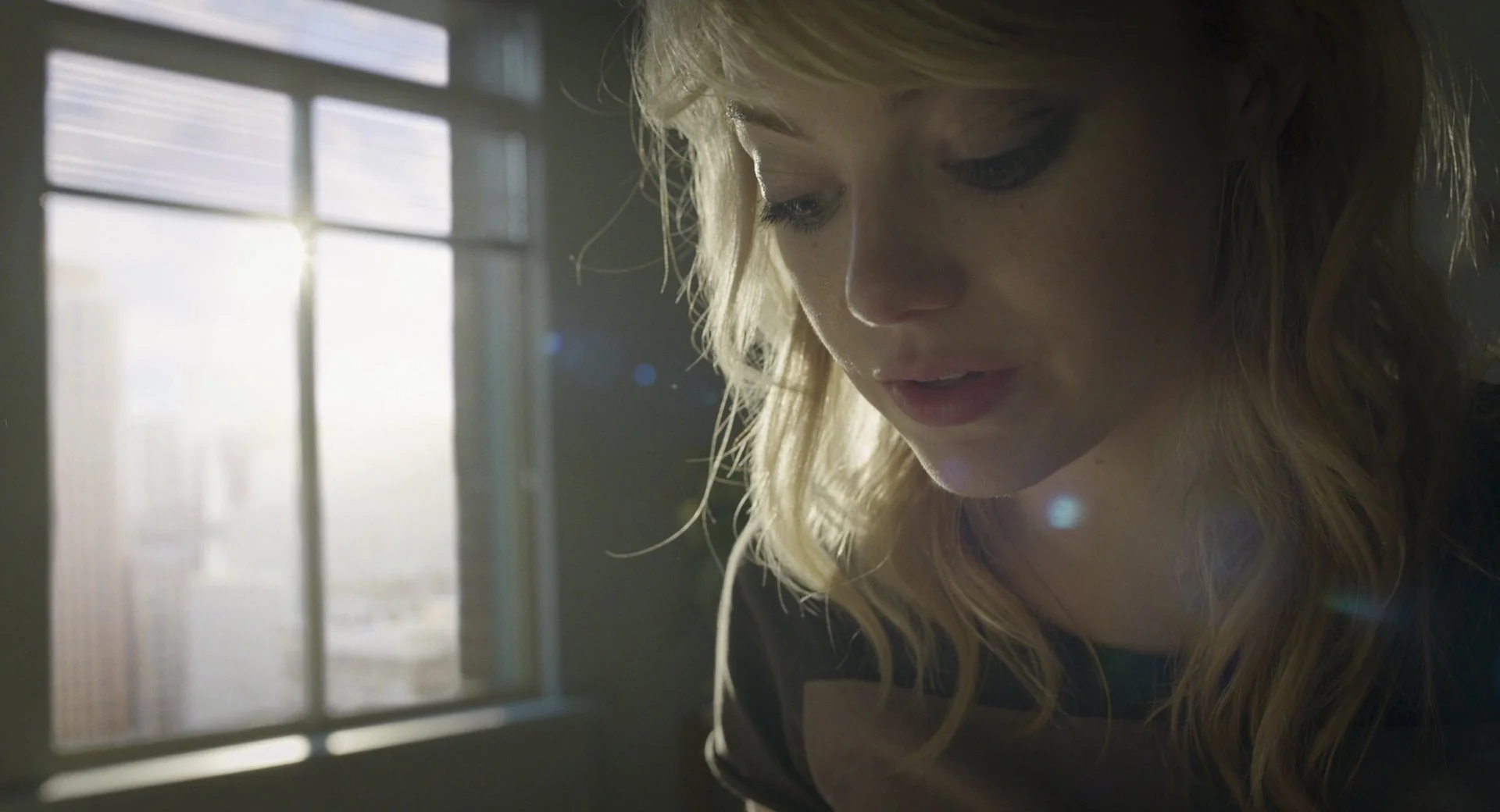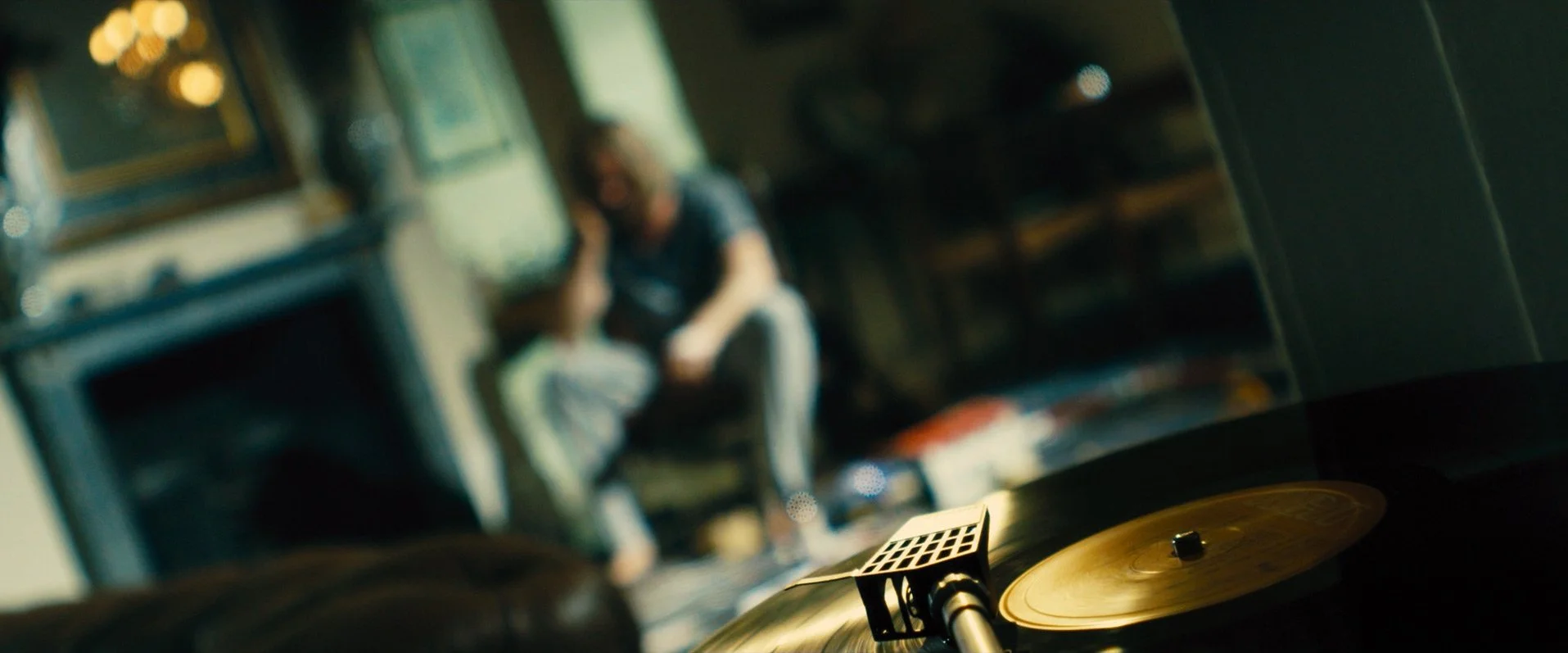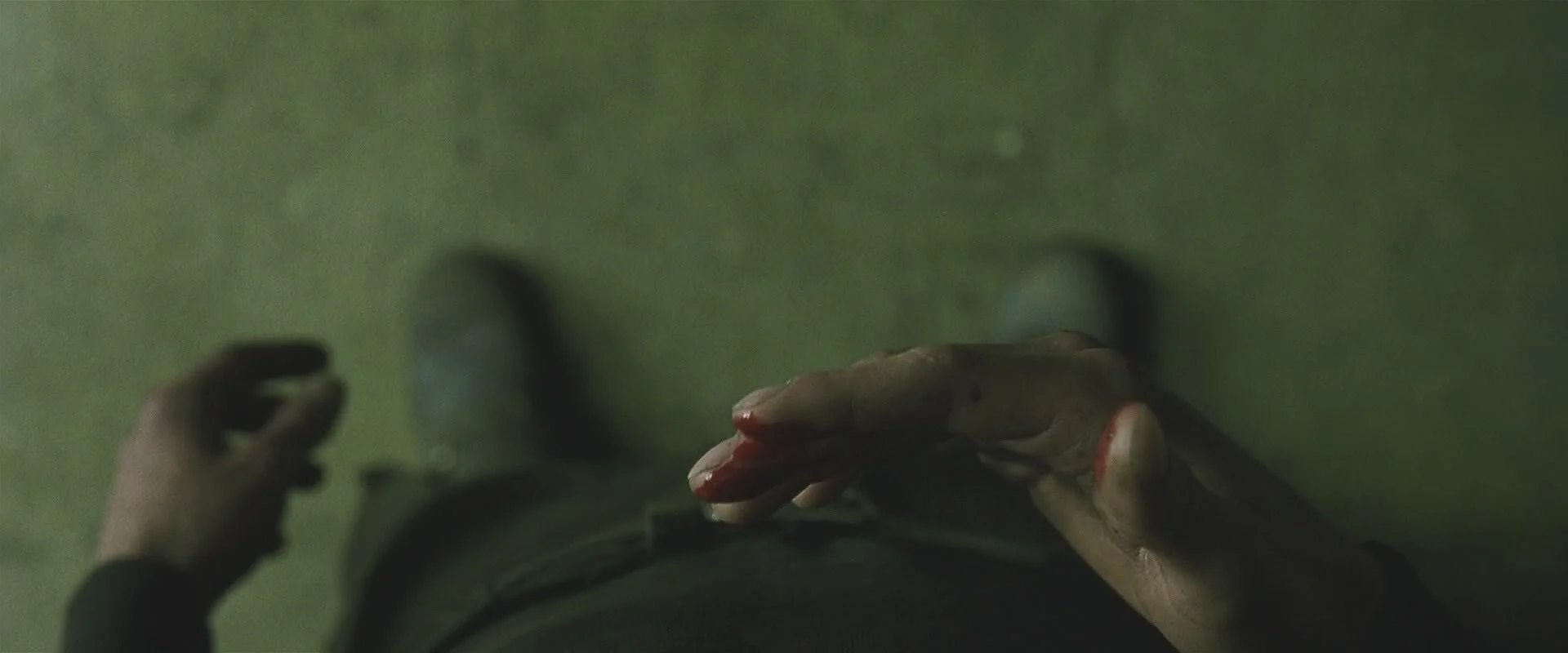LET’S START WITH THE BASICS…
Embrace Constraints, And Foster Creativity:
Independent filmmaking often comes with budget and resource limitations. Rather than seeing these constraints as obstacles, view them as opportunities to think creatively. Work with what you have, whether it's a unique location, limited equipment, or a small cast. These limitations can spark innovation and lead to more imaginative storytelling.
Build A Strong Network:
In the world of independent filmmaking, your network is invaluable. Cultivate relationships with fellow filmmakers, actors, crew members, and industry professionals. Attend film festivals, networking events, and workshops to expand your connections. Collaborating with others not only enhances your projects but also opens doors to new opportunities and resources.
Focus on Storytelling:
No matter the scale of your production, storytelling should always be your top priority. Craft compelling narratives that resonate with your audience emotionally and intellectually. Invest time in developing rich characters, engaging plotlines, and meaningful themes. Remember, a well-told story can captivate viewers far more than flashy visuals or expensive effects.
What is Three-Point Lighting?
THREE-POINT LIGHTING IS A CLASSIC LIGHTING SETUP USED IN FILMMAKING AND PHOTOGRAPHY TO CREATE DEPTH, DIMENSION, AND MOOD IN A SCENE. IT INVOLVES POSITIONING THREE PRIMARY LIGHT SOURCES STRATEGICALLY AROUND YOUR SUBJECT:
Key Light:
This is your primary light source, typically the brightest and most direct. It illuminates the subject and establishes the overall look of the scene. The key light is placed to one side of the subject, at about a 45-degree angle relative to the camera.
Fill Light:
The fill light helps soften the shadows created by the key light, filling in the darker areas of the scene. It's usually placed on the opposite side of the key light, also at a 45-degree angle, but with less intensity. This light ensures that your subject is well-lit and avoids harsh contrast.
Backlight (or Rim Light):
The backlight, as the name suggests, is positioned behind the subject. It adds depth and separation by creating a rim of light around the edges of the subject, helping them stand out from the background. The backlight can be placed directly behind the subject or slightly off to the side.
Camera angles
Welcome to Live City Films, where we delve into the world of filmmaking to uncover the secrets behind captivating visuals. Today, let's embark on a journey through various camera angles, each offering a unique perspective and adding depth to your storytelling canvas.
Camera Angles
1. High Angle Shot:
Incorporating a high angle shot can evoke a sense of vulnerability or insignificance in your subject. By positioning the camera above the subject and looking down, you create a feeling of dominance or surveillance. This angle is perfect for emphasizing the power dynamics within a scene or highlighting the vulnerability of a character.
2. Low Angle Shot:
Conversely, a low-angle shot empowers your subject, making them appear larger-than-life and authoritative. By placing the camera below the subject and looking up, you infuse the scene with a sense of grandeur and strength. Use this angle to convey the heroic nature of a character or to amplify the tension in confrontational scenes.
3. Dutch Angle (or Dutch Tilt):
Introduce a sense of unease or disorientation with the Dutch angle. Tilting the camera to one side creates a diagonal composition, adding a dynamic and unsettling feel to the scene. This technique is often employed in psychological thrillers or moments of chaos to visually mirror the inner turmoil of characters.
4. Over-the-Shoulder Shot:
The over-the-shoulder shot places the camera behind one character's shoulder, framing their face and including part of another character in the foreground. This angle fosters a sense of intimacy and connection between characters, allowing viewers to experience the conversation from a participant's perspective. It's commonly used in dialogue-driven scenes to enhance engagement and immersion.
5. Point-of-View (POV) Shot:
Step into the shoes of your character with a point-of-view shot. This angle allows viewers to see the world through the eyes of the protagonist, immersing them directly into the action. Whether it's a thrilling chase or a heartfelt reunion, the POV shot creates a visceral experience that resonates deeply with audiences.













